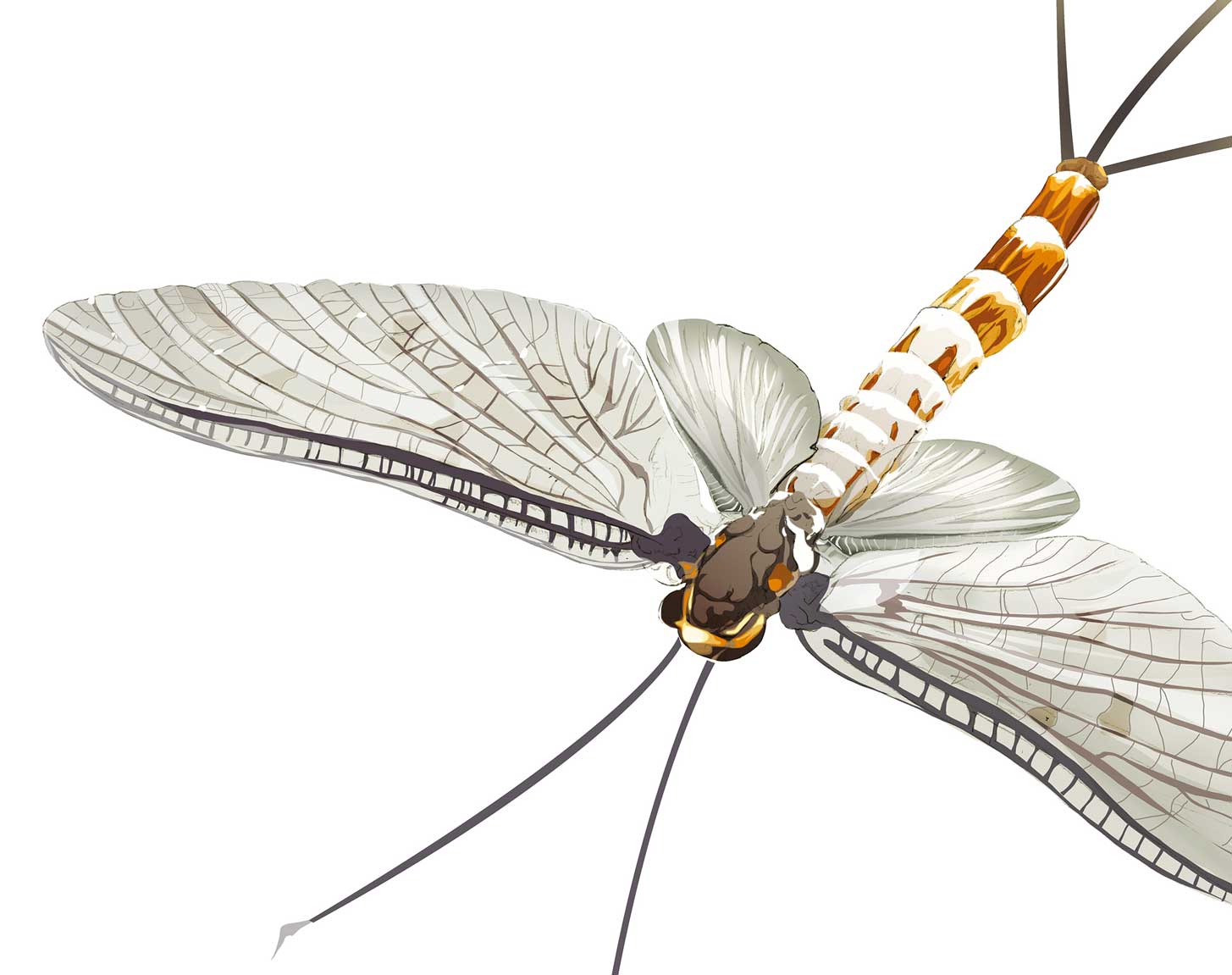Aims
This project (2020 – 2023) will help restore key landscape functions/ecological processes of the two main river corridors – Esk and Rye - within the North York Moors National Park, by:
- Restoring River Processes - easing obstacles within the river to restore naturally functioning river processes and ecosystem services, improving aquatic habitat and hydrological connectivity
- Controlling Invasive Non-Native Species (INNS) to restore the ecological function of the riparian corridor and protect the aquatic environment
- Enhancing five accessible walking routes - benefiting health and wellbeing
- Monitoring water quality and ecological indicators to assess project impact
Blue Corridors provides complimentary and additional activity to other river focused projects – the Ryevitalise Landscape Partnership Scheme and the Esk Catchment Partnership.
Funding

Match funding is provided by the North York Moors National Park Authority including Section 106 (Woodsmith Mine Development), North Yorkshire County Council, Yorkshire Water.
River obstacles
Easing up in-channel obstacles (removal or modification) to restore naturally functioning river processes and ecosystem services; improve aquatic habitat and hydrological connectivity and enhance water level management. Currently these structures such as fords, culverts, bridge aprons and weirs restrict water flow within their associated water courses, and negatively impact on fish passage.
Before

After

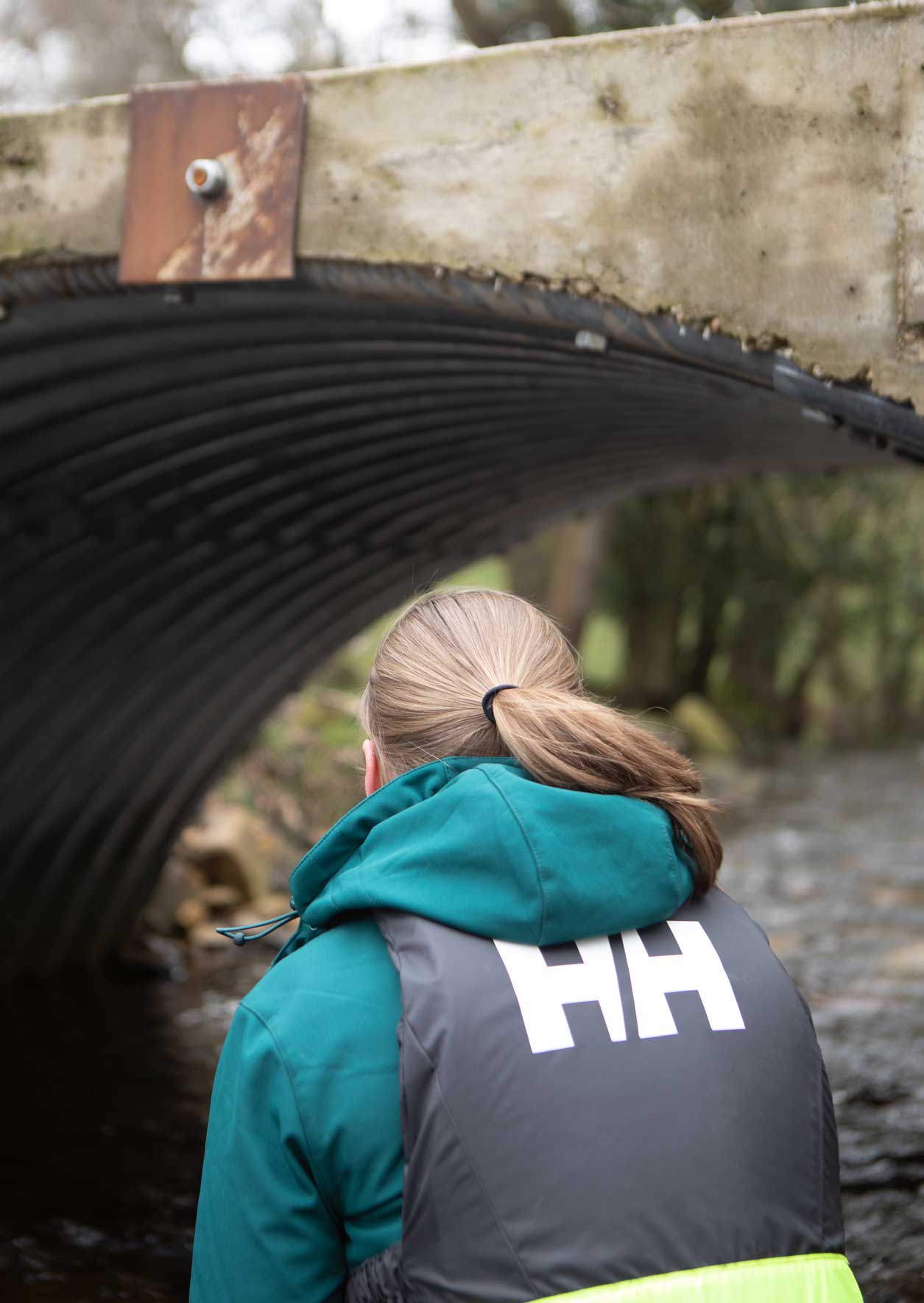
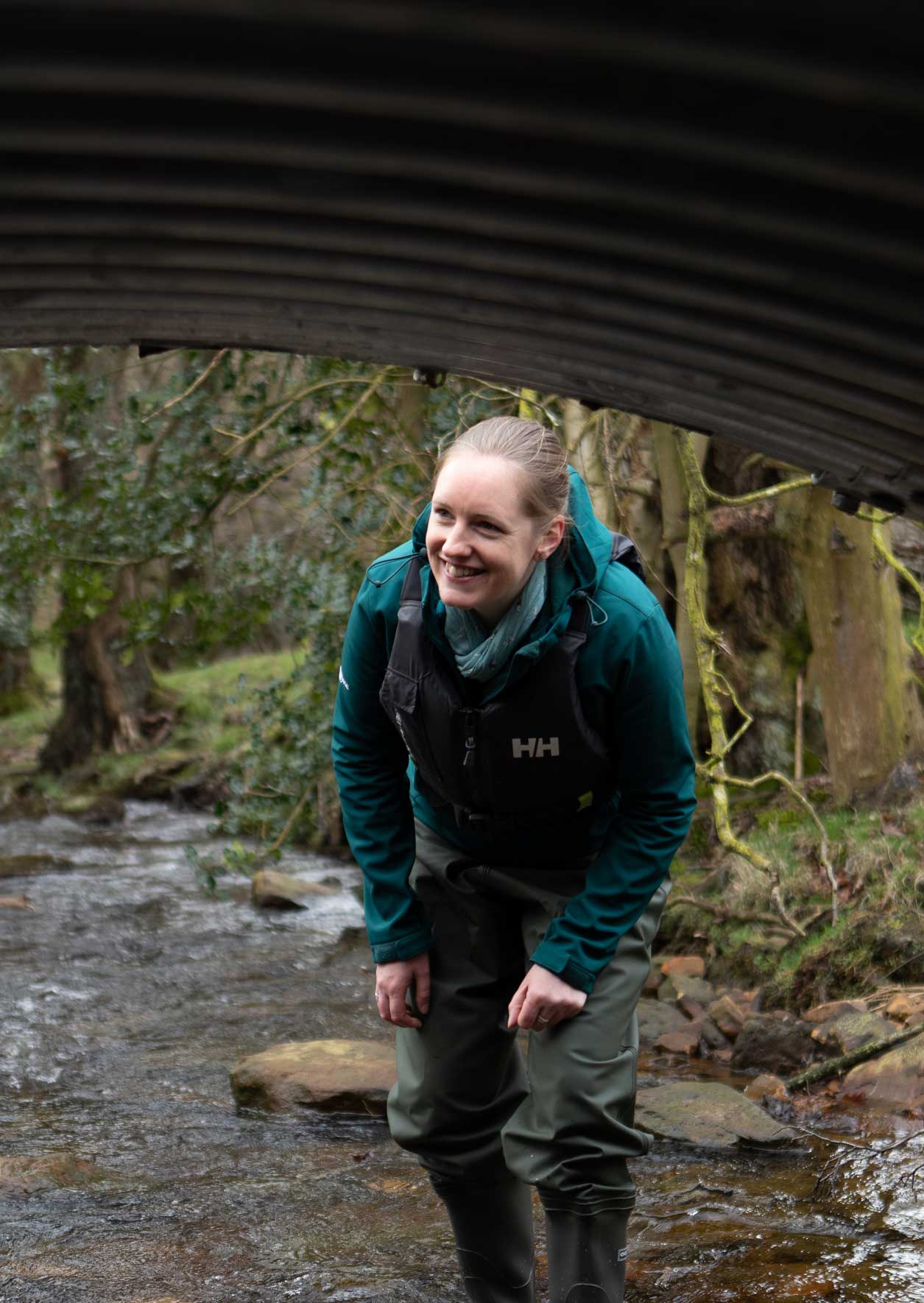
By easing these structures, 18 hectares of habitat will be restored and at least 14 habitats and species of interest will be protected and enhanced. These include European Otter (Lutra lutra), Freshwater Pearl Mussel (Margaritifera margaritifera) and Atlantic Salmon (Salmo salar).
Invasive Non Native Species
Control of more than 70 hectares of Invasive Non Native Species (INNS) including but not limited to Himalayan balsam (Impatiens glandulifera) Skunk cabbage (Lysichiton americanus), and Japanese knotweed (Fallopia japonica) within the Rye and Esk catchments; restoring the ecological function of the riparian corridor and protecting the aquatic environment. INNS cause devastating impacts to aquatic and riparian habitats leading to potential local extinction of native plants and animals, destroying biodiversity and permanently alter habitats through direct and indirect effects. Seasonally the banks dominated by INNS become bare and the soils are subject to runoff into watercourses with a detrimental impact on in stream habitats. Enabling the restoration of native vegetation reduces erosion of banks and bank collapses ameliorating potentially damaging increases of flood risk.
Walking routes
Five circular access routes will be enhanced within the Rye catchment through the Blue Corridors project. These will be located at Hawnby, Rievaulx, Helmsley, Harome and Nunnington.
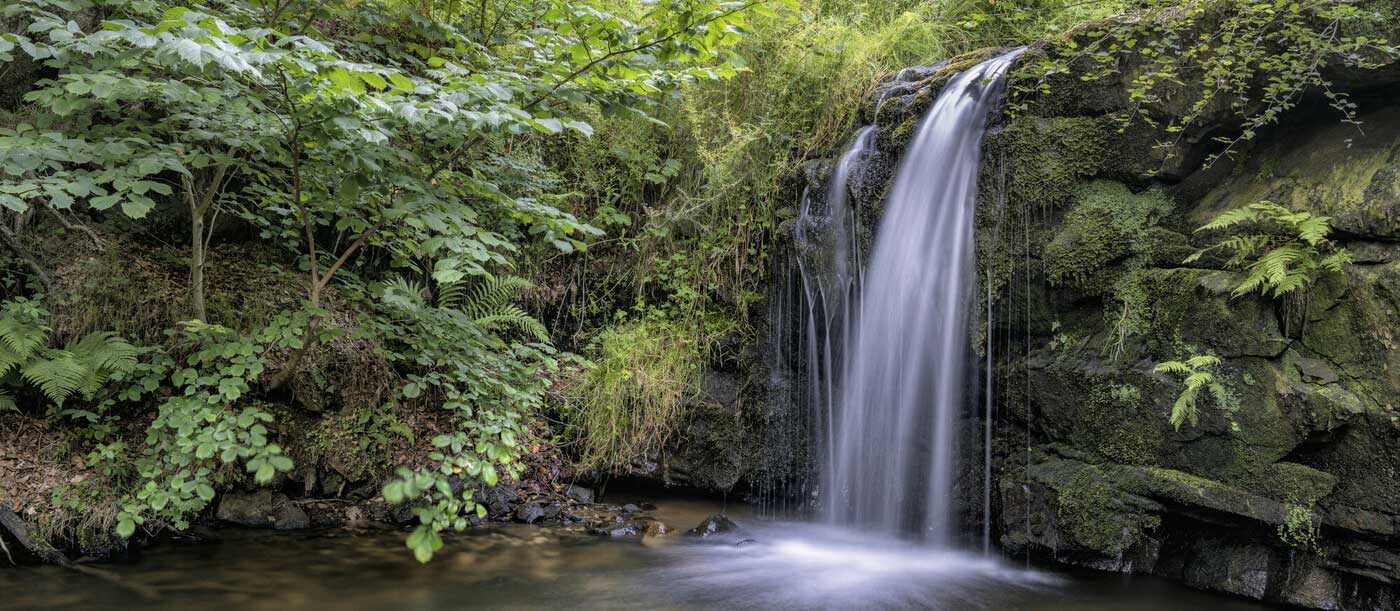
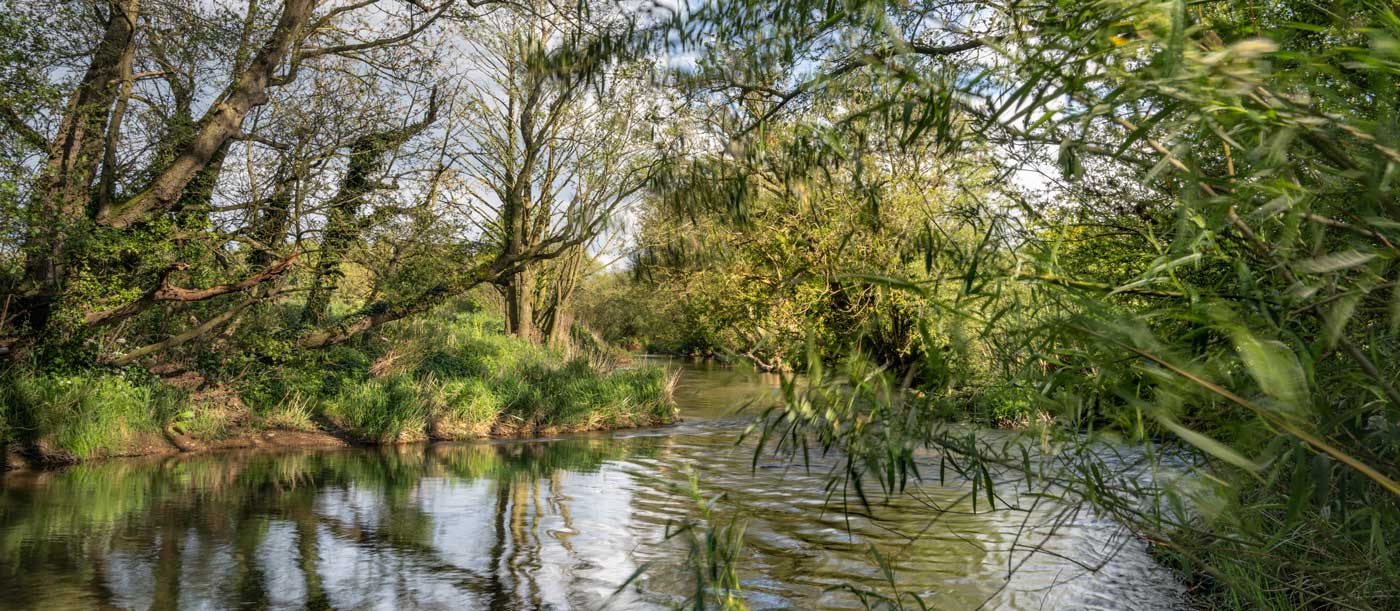
They will include the installation of new infrastructure and measures to improve water quality and biodiversity. This will provide enhanced riverside access to enable more people to enjoy the area, learn more about the ecosystem services that river catchments provide, and experience the associated health and wellbeing benefits.
Water quality and surveying
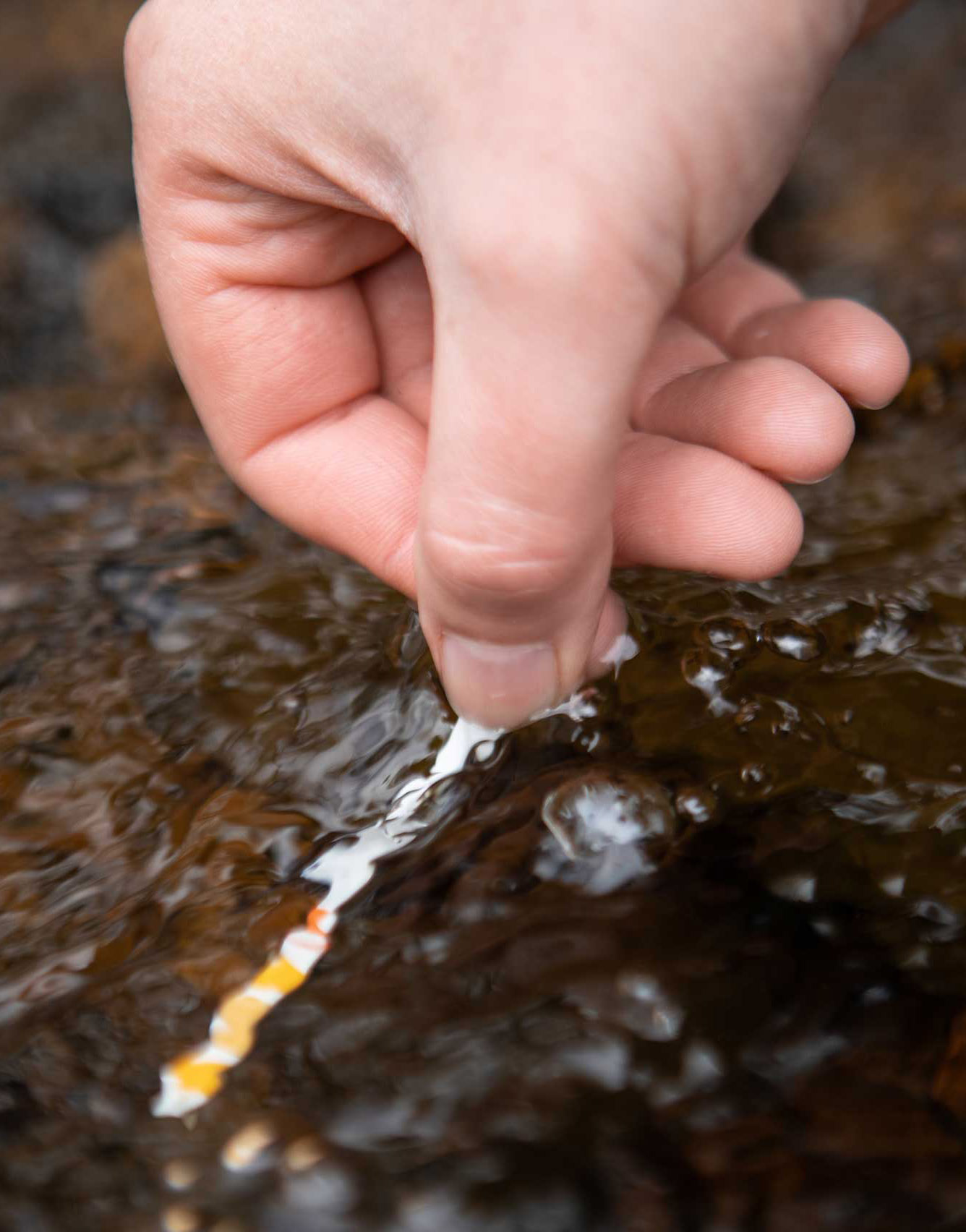
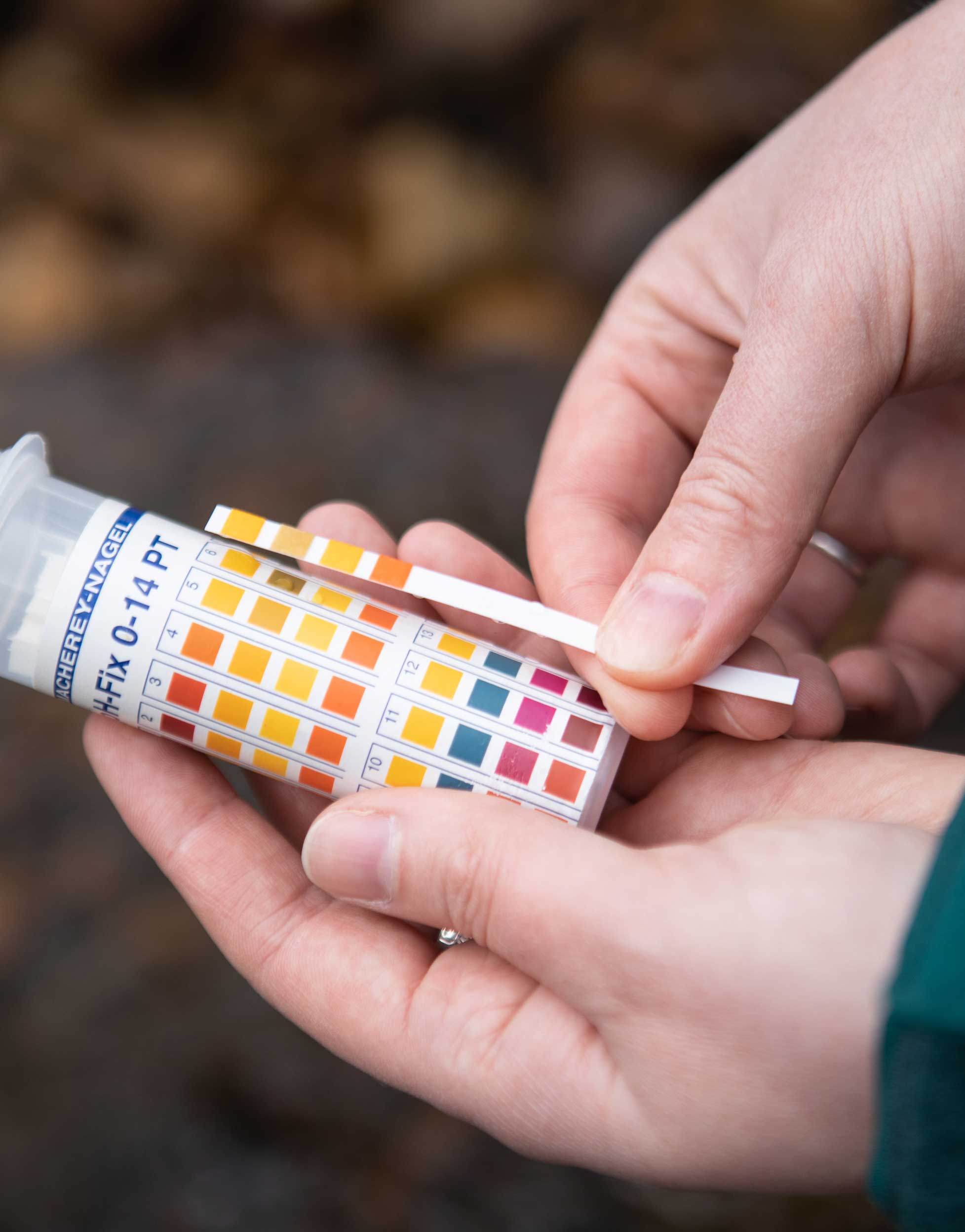
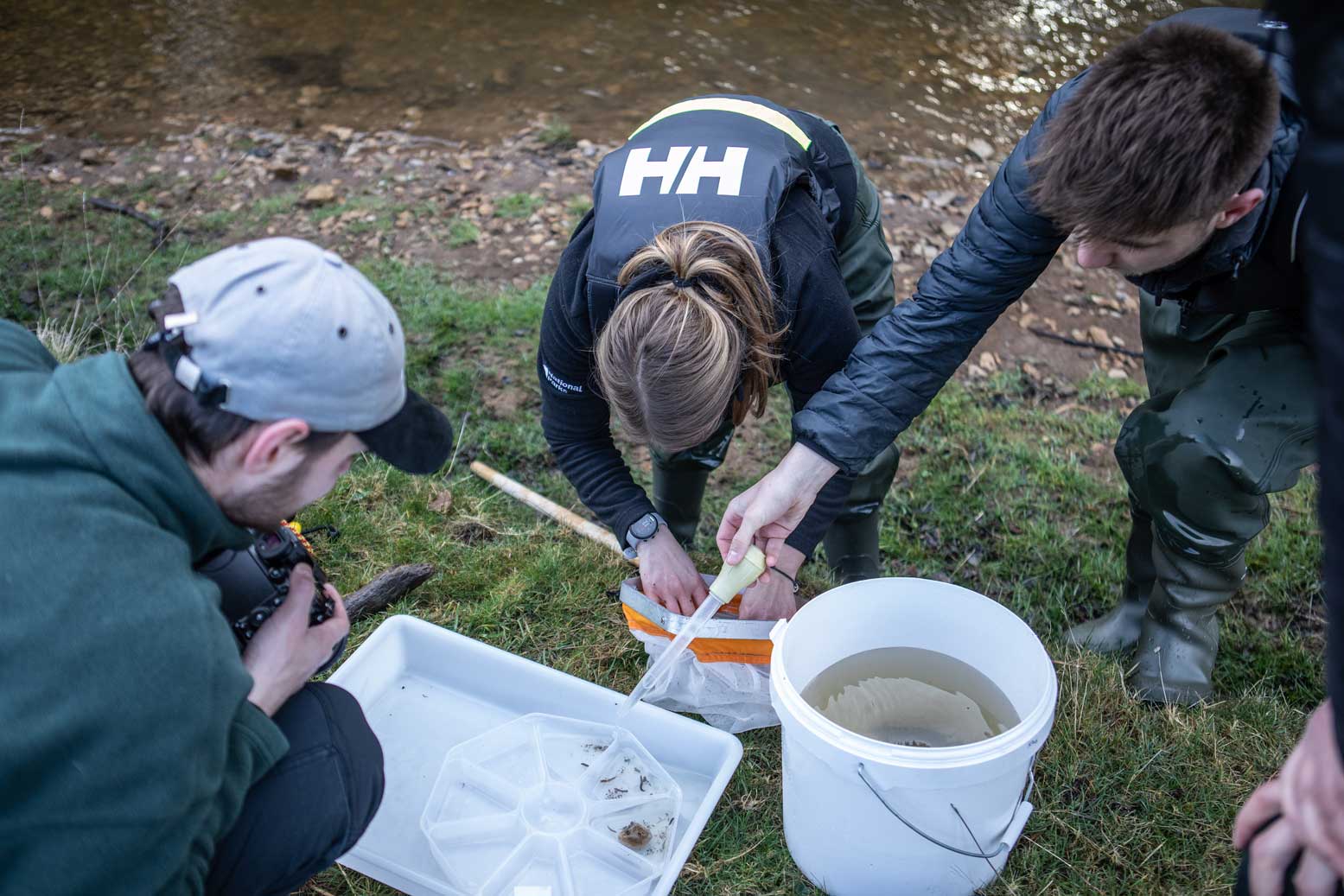
Water quality and ecological monitoring to assess the impact of the Blue Corridors project including water quality monitoring, juvenile fish and aquatic invertebrate surveys; to monitor in-channel changes as a result of the activities above. Monitoring will be undertaken at 40 locations within the Rye catchment, and at 40 locations for aquatic invertebrate and 22 locations for juvenile fish monitoring within the Esk catchment.
